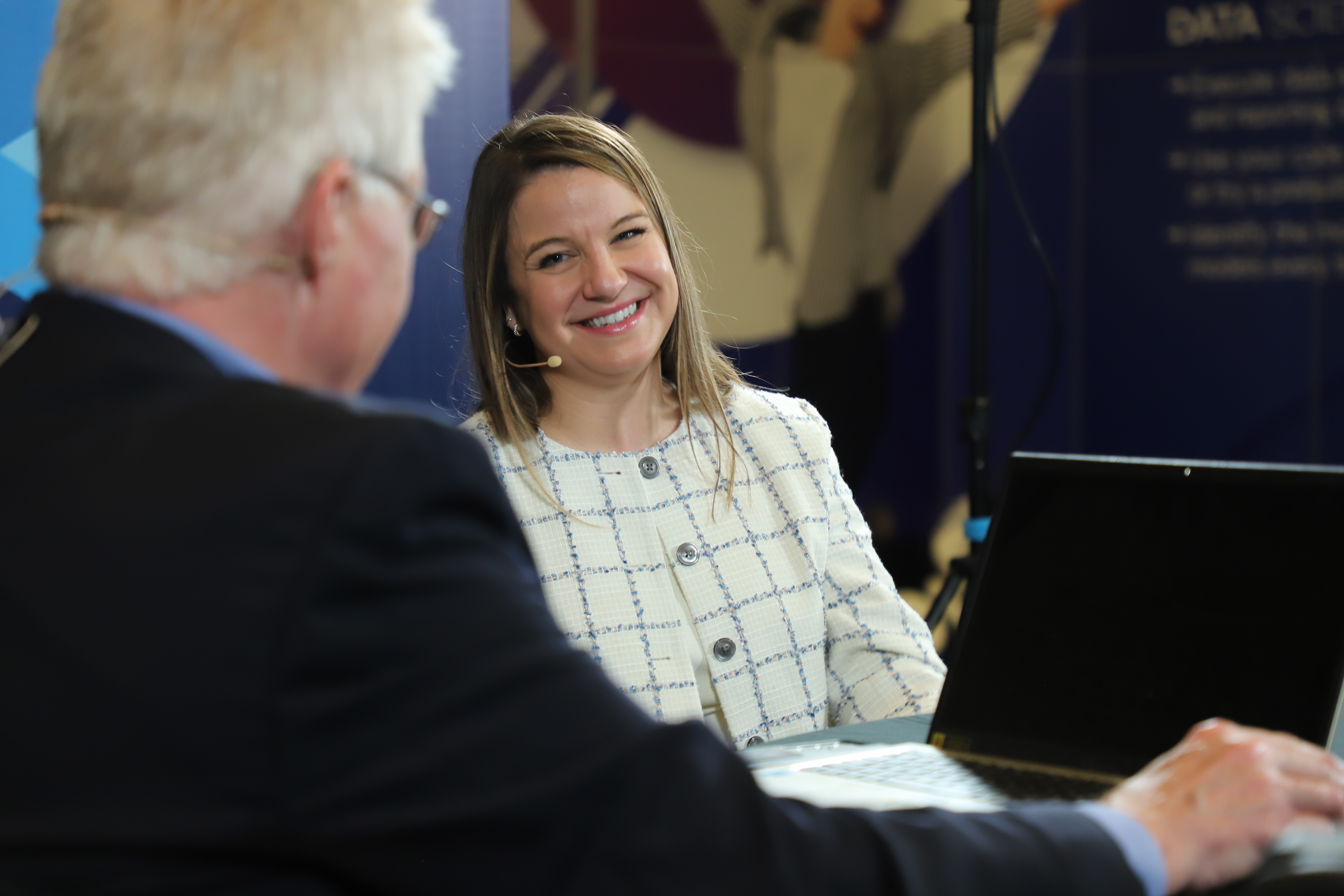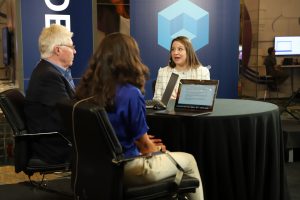 AI
AI
 AI
AI
 AI
AI
Will quantum computing soon be as ubiquitous as generative artificial intelligence?
The quantum era is still a little ways off, but SAS Institute Inc. is positioning itself as a leader in the space. The data and analytics company foresees a number of use cases, ranging from drug discovery to fraud detection. According to its industry survey, interest in quantum is high.

Amy Stout of SAS talks with theCUBE about the company’s plan for quantum computing.
“More than 60% of these respondents indicated that they are actively investing or exploring opportunities in quantum AI already,” said Amy Stout (pictured), principal product manager for quantum computing at SAS. “Now, these business leaders also did cite some crucial barriers to adoption when it comes to quantum. This includes things like the high cost, the lack of understanding or knowledge, as well as the uncertainty around real world practical use cases.”
Stout spoke with theCUBE’s Rebecca Knight and Paul Gillin at SAS Innovate, during an exclusive broadcast on theCUBE, SiliconANGLE Media’s livestreaming studio. They discussed how SAS is preparing customers for quantum adoption and its potential applications. (* Disclosure below.)
There are three main types of problems that quantum computing is well-suited to address, according to Stout: Optimization, machine learning and simulation of nature. To make these use cases a reality, SAS has already partnered with hardware companies such as D-Wave Quantum Inc., IBM Corp. and QuEra Computing Inc.
“Across the board with these collaborators, our goal at SAS is to make the use of quantum simple, fast and intuitive for our customers,” Stout said. “We’re aiming to find the right integration points to bring in these different types of hardware architectures in a simple and easy-to-use manner for our SAS customers.”
Quantum is not expected to entirely supplant traditional computing. However, SAS is preparing for a “ChatGPT moment” for quantum, where the technology captures the public’s imagination and becomes a standard computing option alongside central processing units and graphics processing units.
“We want to make sure that our end users don’t need to understand the underlying physics behind quantum computing,” Stout said. “Our goal at SAS and with the tools that we’re developing is to make that easy to use for our end users in a way where it’s abstracted, they don’t need to have all the underlying knowledge. It’s as easy as a click of a button.”
Here’s the complete video interview, part of SiliconANGLE’s and theCUBE’s coverage of SAS Innovate:
(* Disclosure: TheCUBE is a paid media partner for SAS Innovate. Neither SAS Institute Inc., the sponsor of theCUBE’s event coverage, nor other sponsors have editorial control over content on theCUBE or SiliconANGLE.)
Support our mission to keep content open and free by engaging with theCUBE community. Join theCUBE’s Alumni Trust Network, where technology leaders connect, share intelligence and create opportunities.
Founded by tech visionaries John Furrier and Dave Vellante, SiliconANGLE Media has built a dynamic ecosystem of industry-leading digital media brands that reach 15+ million elite tech professionals. Our new proprietary theCUBE AI Video Cloud is breaking ground in audience interaction, leveraging theCUBEai.com neural network to help technology companies make data-driven decisions and stay at the forefront of industry conversations.